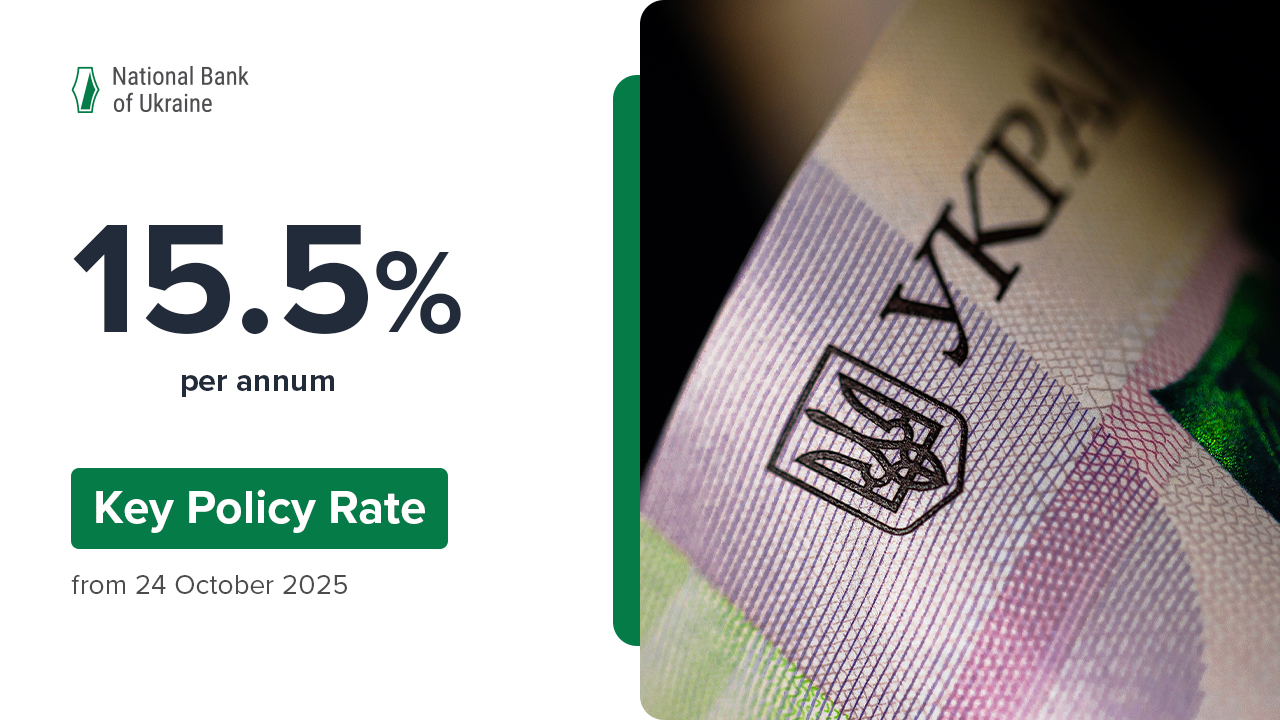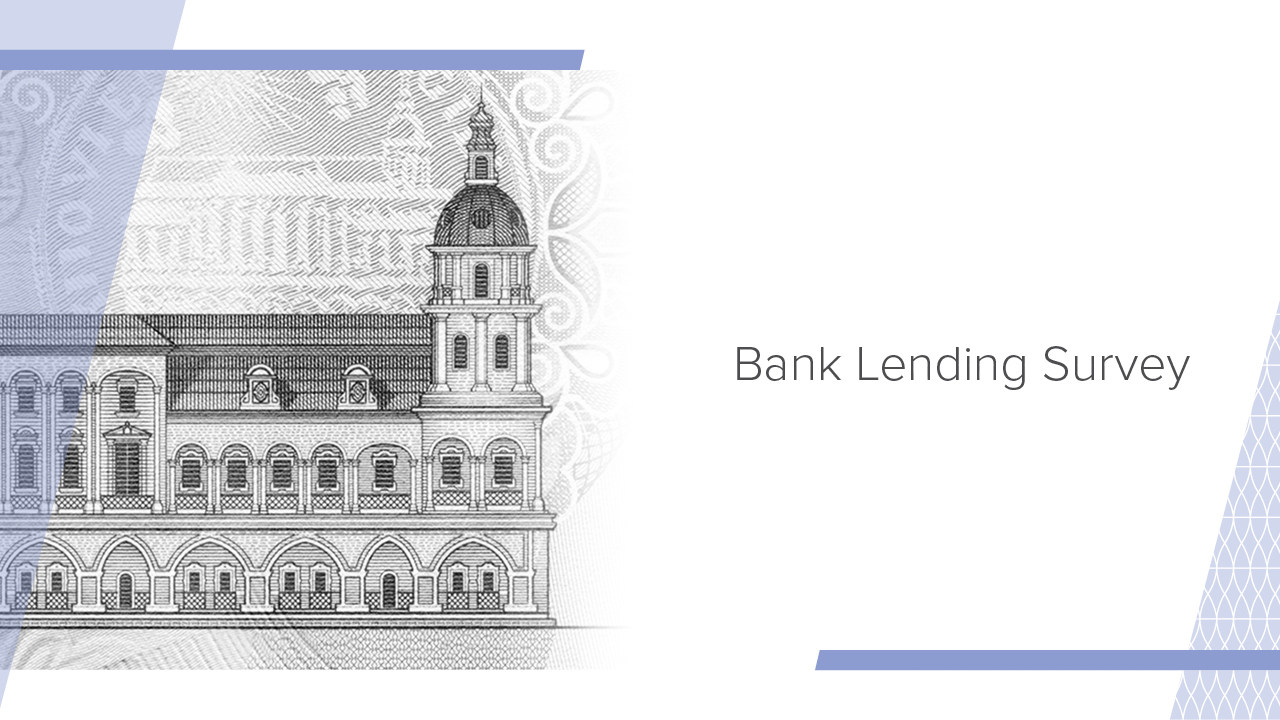In Q2, the coronavirus crisis continued to negatively affect both household and business demand for loans and lending standards. This was revealed by the most recent Lending Survey for Q3 2020, conducted from 18 June to 9 July 2020.
At the same time, respondents expect loan demand from households and business to recover and lending conditions to improve in the next quarter.
Coronavirus crisis restrained lending in Q2
In April-June 2020, against the backdrop of the ongoing coronavirus crisis, corporate demand for loans was virtually unchanged compared to the previous quarter, with only small and medium-sized enterprises (SMEs) registering a slight pickup. The key underlying drivers were debt restructurings, lower loan costs, and companies’ inventory and working capital needs. The demand contraction from big enterprises was largely underpinned by their reduced needs for inventories, working capital, and capital investment.
Household demand for loans dropped likewise, particularly for consumer loans due to negative consumer sentiment and decreased spending on durable goods. However, interest among both households and businesses to borrow remained supported by falling interest rates. This trend continued for the fourth quarter running.
At the same time, in Q2, banks tightened their lending standards (internal regulations and criteria that banks use in their credit policies) for the second consecutive quarter. Banks explained the tightening of loan requirements for businesses by negative exchange rate and economic expectations, and for households by expected solvency deterioration and a drop in overall economic activity in the country. The approval rate of corporate loan applications dropped for the second consecutive quarter.
A total of 79% of the surveyed banks reported an increase in credit risk in Q2; however, general risk assessment improved in Q2 compared to the previous quarter.
Banks show improved outlook
The latest survey revealed that banks’ negative expectations had peaked in the previous quarter, with their outlook for the next 12 months currently improving. Almost 60% of respondents expect loan portfolio growth in the next 12 months, double the share in the previous survey. In particular, banks forecast a rise in demand for SME loans. Large banks are more optimistic about the prospects to expand their corporate portfolios while being more reserved about the outlook for consumer lending in the next 12 months. Still, banks expect household demand for consumer loans and mortgages to recover in Q3.
At the same time, banks continue to expect loan portfolio quality deterioration, though these expectations somewhat improved compared to the previous quarter. Also, banks reported a certain increase in deposits, with over half of respondents expecting growth in funding from households and businesses.
Respondents also expect lending standards for both corporates and households (consumer loans and mortgages) to ease in the next three months.
Note: The latest survey of credit managers from 24 banks was conducted between 18 June and 9 July 2020. These banks account for 91% of the banking system’s total assets. The survey’s results reflect the views of respondents and do not necessarily reflect the assessments or forecasts made by the NBU.
The NBU publishes its Bank Lending Survey on a quarterly basis. The survey aims to improve understanding by the NBU and other banking sector stakeholders of lending market conditions and trends. It provides general estimates and forecasts of changes in lending standards and conditions for the corporate sector and households, fluctuations in loan demand, etc.







